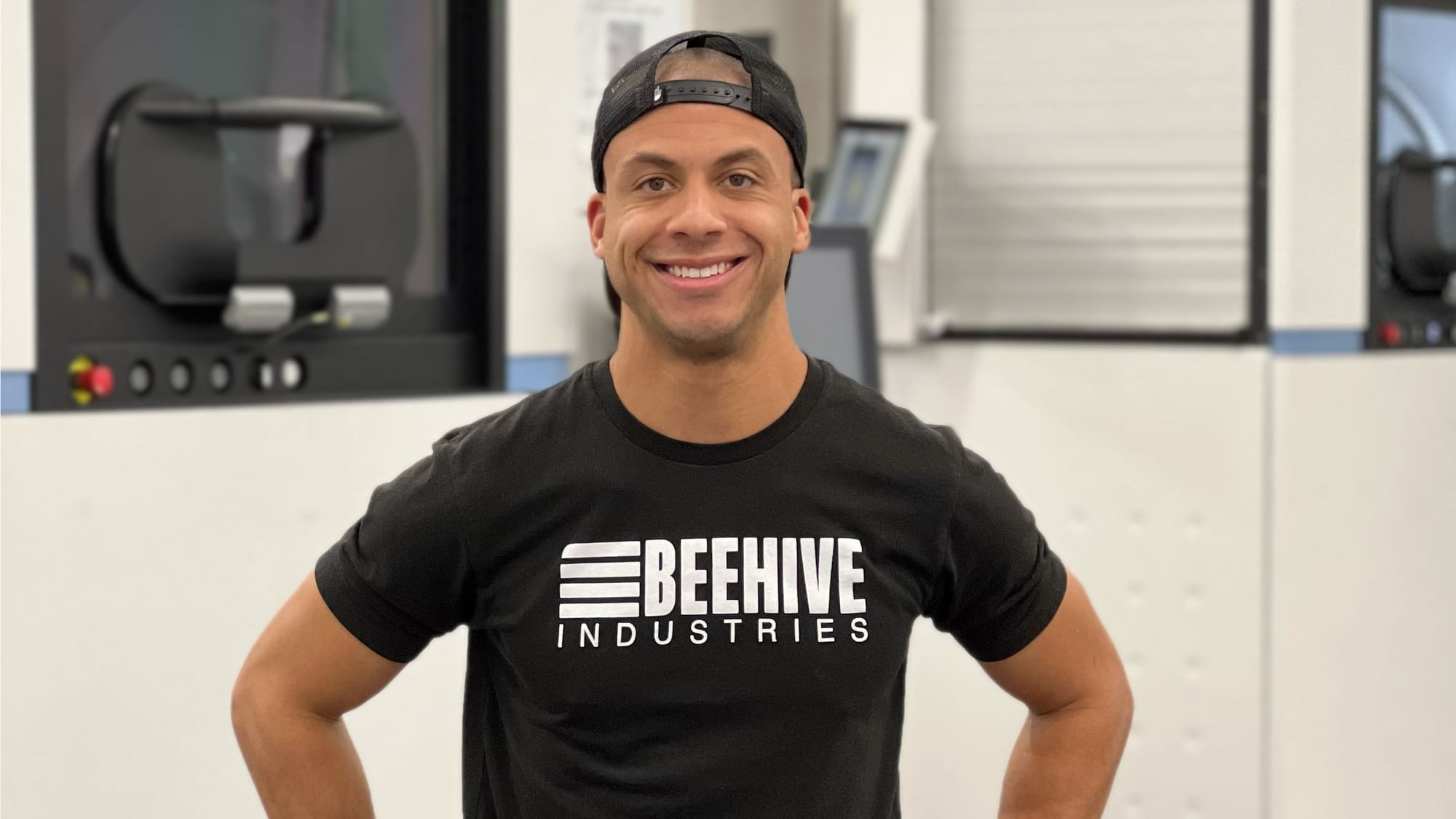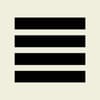Solving the Unsolvable with Beehive Industries® Site Manager Keren Callen
Working with people who don’t take no for an answer gets Keren Callen up in the morning.

Hearing “no” at work may not sound motivating, but it motivates Keren Callen, site manager of the Beehive Denver facility. Every day, he works hand-in-hand with high-performance teams, striving to solve the seemingly unsolvable. At Beehive, they focus on the problem of affordable mass for U.S. defense.
As site manager, Callen is responsible for all aspects of operations at the Denver facility, including the 500 lb thrust jet engine demonstrator, which was designed, built, and assembled in just 13 months.
Callen partners with operations, quality, engineering, and finance to deliver Beehive engines on time and on budget. Currently, he’s part of the team testing the engine demonstrator in a process called First Engine to Test, or FETT.
Designed for additive manufacturing
Beehive engines are 100% DFAM—designed for additive manufacturing. The company has taken advantage of advancements in 3D printing technology to build an engine in half the time and half the cost of conventional manufacturing. Beehive engines are also designed and built on U.S. soil, which eliminates the risk of complex global supply chains.
“Traditionally, engine manufacturers would use castings and forgings to test and build an engine, which is costly and time-intensive,” explains Callen. “Historically, a manufacturer would cast parts such as turbine blades and use methods like machining from billet to manufacture engine components. We have eliminated these processes and replaced them with additive manufacturing.”

With additive, Beehive can consolidate structures with dozens or hundreds of parts into one, significantly streamlining the manufacturing process. The team can rapidly iterate designs and test parts within one to two weeks, reducing waste while offering a broader choice of materials. Most importantly, additive manufacturing allows for the design of complex internal geometries, unlocking a range of benefits that are not feasible with conventional manufacturing.

For Callen, the ability to rapidly iterate a design is a significant advantage: “It’s one thing to test designs in a simulation; it’s another to physically design a product and test on a bench.”
Testing the 500 lbf demonstrator
After final assembly at Beehive’s Cincinnati facility, the 500 lbf demonstrator was shipped to Denver for testing. Callen got the call that the fully assembled engine had arrived onsite while on a weekend mountain trip and quickly hurried home in hopes to catch the uncrating. Upon seeing the engine for the first time, Callen was surprised at its size. The consolidation of hundreds of parts, in such a lean design, looked different than he imagined it would in its final form. He remarked on its significance.
“Seeing the engine fully assembled in person—after seeing each of the parts separately—was a revelation,” explained Callen. “I was amazed by the compact design.”

During First Engine to Test, Callen and the team brought the engine to life.
“This is what our COO, Darius Ehteshami, calls hearing the engine sing,” said Callen. “At this point, you have completed sub-component testing already. With First Engine to Test (FETT), you test the engine in various conditions. We simulate different temperatures, altitudes, and a combination of other conditions. We put the engine through the wringer to see if it meets our performance expectations.”
Developing a suite of propulsion systems
Development of the next iteration of the 500 lbf demonstrator is already underway. It’s a foundational part of Beehive’s vision to design, test, and manufacture a suite of propulsion systems in the U.S. for American defense.
Callen understands the Beehive team will continue to push the limits of additive manufacturing and take full advantage of the technology. He wouldn’t have it any other way. He’s happy to cut a mountain trip short anytime to see a 3D-printed engine for the first time.
“This team doesn’t take ‘no’ for an answer,” concluded Callen. “That’s exactly what I love to hear.”
